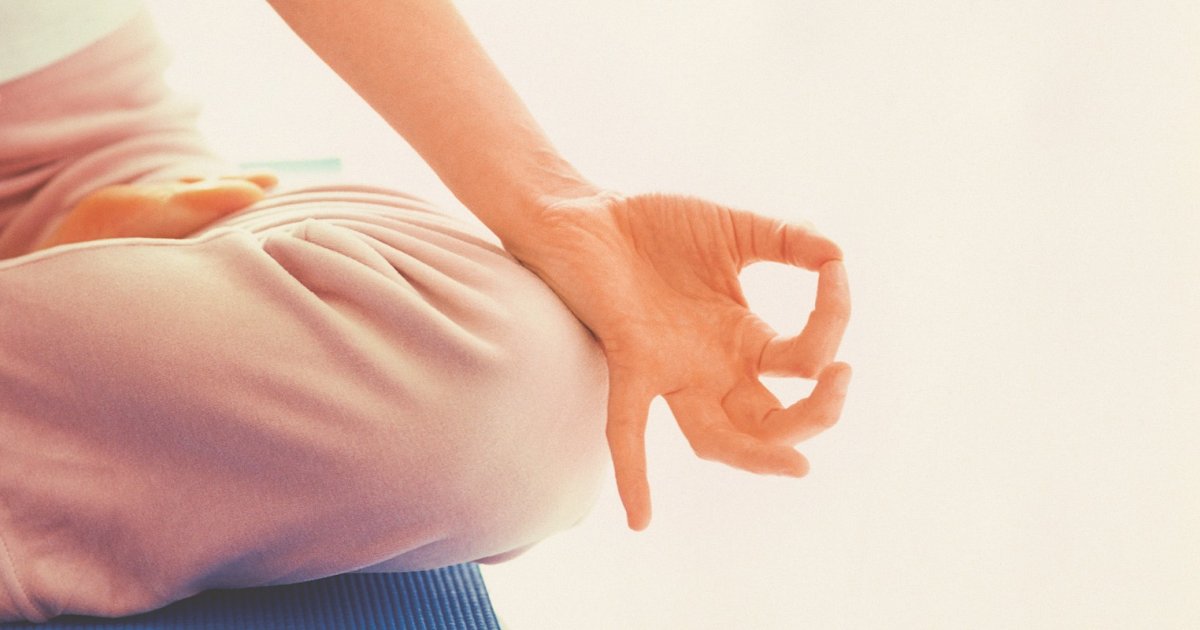Interested in trying the practice of yoga? While there are no hard and fast rules on recommended yoga disciplines, some will likely help alleviate lupus symptoms and others may be harmful.
“For example, you’ll want to avoid hot yoga because it increases inflammation in people with lupus,” says Kathy Salvo, a yoga instructor and director of Group Physical Activity at Chelsea Piers Fitness Center in Stamford, Connecticut. “The best is restorative yoga, which helps to relax the ligaments and muscles, which can become very tense and affected.”
Low-to-moderate-intensity exercise may be beneficial for a person with lupus to maintain cardiovascular capacity and muscle mass, explains Michele Olso, PhD, professor of exercise science at Auburn University, in Montgomery, Alabama. “However, exercise and other movements that are excessively demanding can be too strenuous and lead to muscle soreness, which will cause inflammation.” Olson recommends, as a better option, practicing a type of yoga that improves muscular resistance and flexibility.
The most recommended yoga styles for people with lupus
Yoga restaurativo
Gentle and slow-moving, restorative yoga involves holding positions for long periods of time, giving your body the opportunity to experience deeper relaxation. You can use external props to fully support your body in each pose, including blankets, support cushions, and yoga blocks (also known as “yoga bricks”).
Yoga iyengar
This type of yoga is related to the alignment of the body. Iyengar yoga uses supportive props like yoga blocks and blankets, as well as straps or a wall of ropes to help you work through a safe and effective range of motion. Unlike the constant movements of vinyasa yoga, Iyengar yoga poses are held for a long period of time. It is a style often recommended for people with injuries.
yoga hatha
This yoga class tends to be a gentle introduction to yoga poses. Support props can be used to help achieve each pose.
The least recommended styles of yoga for people with lupus
Heat yoga and Bikram yoga
The poses are practiced in a room heated to 105 degrees Fahrenheit (around 40 degrees Celsius) and 40% humidity, which creates a risk of dehydration and inflammation. “Lupus often makes it difficult for veins to dilate, which is part of a normal cooling process and internal temperature regulation system,” Olson explains.
Yoga styles to practice with caution
Vinyasa or ashtanga
The dance-like movements of these styles can help relieve stiffness and pain, making them beneficial for anyone with these symptoms. However, both styles are practiced at a faster pace than other types of yoga and include continuous movement, or “flow.” Each class is different, so one session can be more intense than another.
No matter what yoga discipline you decide to do, talk to your doctor before trying it. If you decide to practice yoga, talk to the instructor about your medical condition so they can suggest modifications.
And most importantly, listen to your body and don’t push yourself beyond your comfort level.

